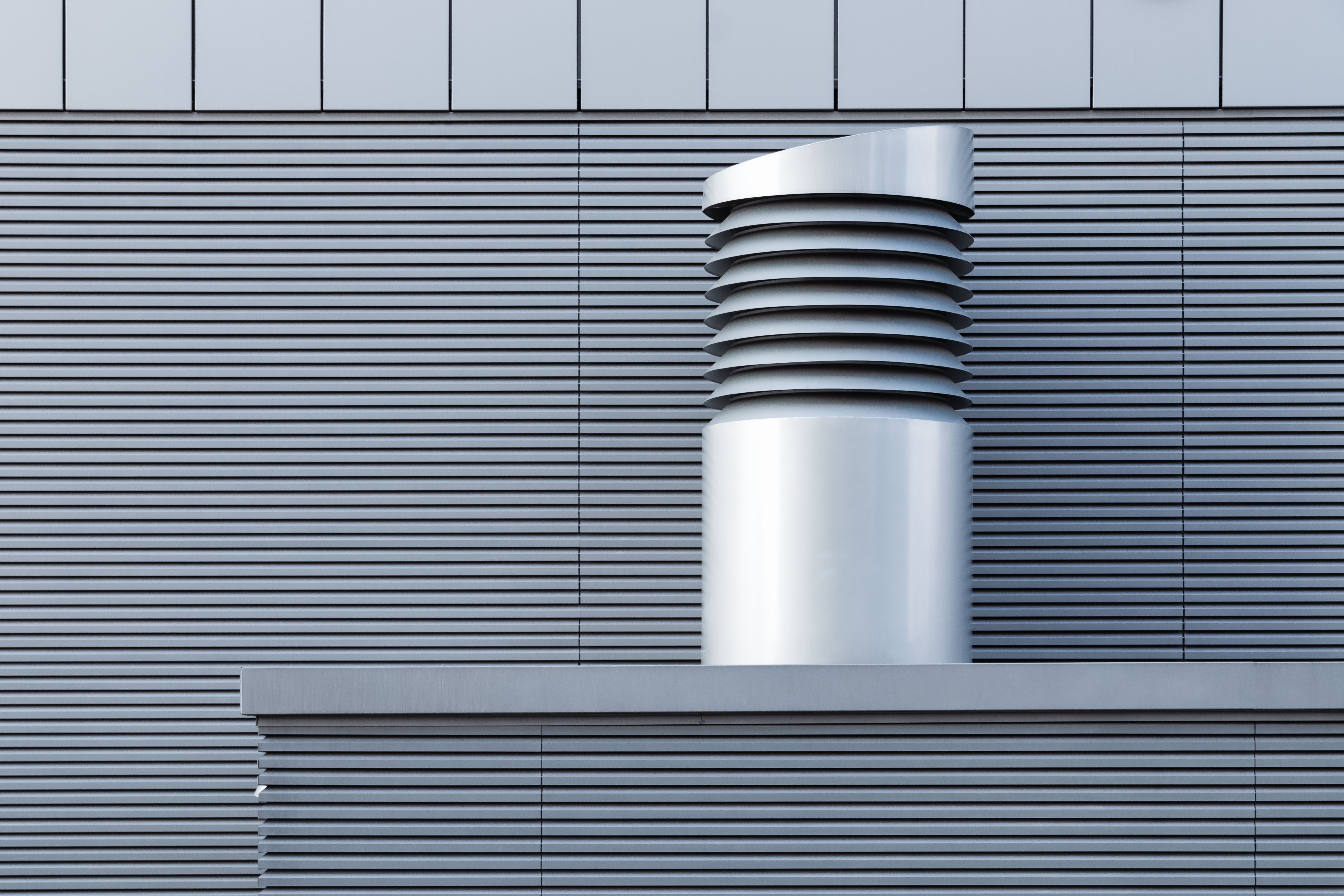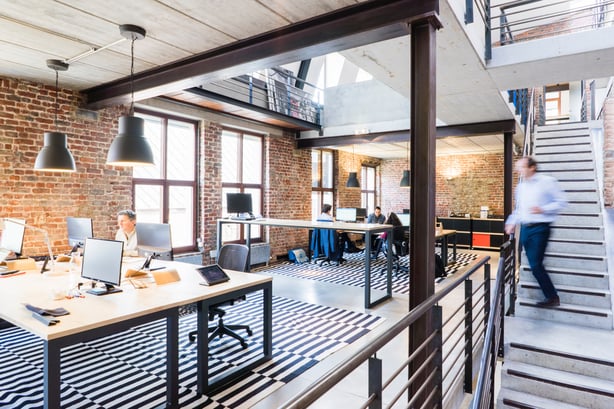Newsletter
If you want to get down to the bottom of major emitters of greenhouse gases, look no further than your city’s skyline.
Buildings represent nearly 40 percent of global energy consumption, and HVAC systems contribute a large 40 percent to total building energy consumption.
This happens for a couple of reasons — a) non-optimal design of buildings and b) imperfect HVAC systems that consume energy higher than the building itself demands, thereby resulting in inefficient spaces that cost millions in the long run.
While the logical next step would be to implement energy efficiency measures for most - like tightening the buildings through air sealing and other weatherization techniques, it’s important to note that these measures can produce negative indoor air quality outcomes and further complicate the equation.
Here’s a little fact: it is not only possible but also a desirable practice to efficiently balance indoor air quality and energy savings — all through a self-regulating system called demand-controlled ventilation (DCV).
Curious? Before we dive deeper into the topic, let’s first take a look at the role of ventilation as a larger concept.
Ventilation 101

Ventilation is the process of bringing outside air into a building. Depending on weather conditions, ventilation air must usually be either heated, cooled, and/or be dehumidified. Because of this, ventilation air represents a significant portion of HVAC energy consumption.
However, what makes ventilation even more energy-inefficient is the fact that in most commercial occupancies in the U.S. and Canada, maximum ventilation rates (or the amount of fresh air in cubic feet per minute (cfm) that an air handler system brings into a building) is provided in proportion to the maximum occupancy of the building.
In other words, this practice suggests that many types of high-occupancy spaces, such as classrooms, multipurpose rooms, theaters, conference rooms, or lobbies have ventilation designed for a high peak occupancy when in reality, the actual occupancy rarely approaches the maximum design occupancy.
Furthermore, it is not unusual for an air handler to operate at the maximum ventilation rate continuously, even if the space is only partially occupied. This often results in over-ventilation, thereby causing higher-than-necessary energy costs. New solutions that provide live feedback and take occupancy rates into account, then, become crucial for building energy and cost savings.
One such solution is called demand-controlled ventilation (DCV).
What is Demand Control Ventilation?
Demand controlled ventilation (DCV) is a method of introducing variable amounts of fresh air "on demand" based on actual occupancy patterns. The system provides a means to adjust the rate of ventilation continuously and automatically.
Essentially, the control is achieved by means of a sensor (or a series of sensors) which respond to the variation in occupancy. Output from the sensor is applied to a control system that adjusts the rate of outdoor air flow through the ventilation system, thus ensuring that good air quality is continuously maintained.
Popular DCV Strategies
The fact that DCV can adjust itself whenever the air quality fluctuates – boosting energy efficiency at the same time— makes it a popular choice.
While there’s a variety of options available, the three primary strategies used are:
- Occupancy schedules: Supply outdoor air during occupied hours as scheduled, with minimum or no outside air during unoccupied hours.
- Occupancy sensors: Supply outdoor air during occupied times as sensed, with minimum or no outside air when a zone is unoccupied.
- CO2 sensors: Supply sufficient outdoor air to keep CO2 concentration within bounds.
The first two strategies rely on estimates and approximations and do not necessarily yield guaranteed results, but are significant improvements over supplying a fixed quantity of outdoor air.

More modern DCV systems, on the other hand, use carbon dioxide (CO2) sensors to continuously monitor the indoor CO2 levels and provide real-time feedback to regulate the amount of fresh air admitted for ventilation. These systems have a series of CO2 sensors in place and adjust the ventilation based on the measured CO2 concentration.
Because people breathe out CO2, the higher the level, the more people are in the space relative to the ventilation rate. With a CO2 sensor DCV system, the ventilation rate varies based on the number of people in the space — no more and no less — which helps avoid over-ventilation and contributes to substantial energy and cost savings, especially in premises such as offices, classrooms, and hotel rooms where there is considerable variation between high and low during times when there are few or no occupants.
Similarly, in some buildings, infiltration air or open windows may be a significant source of outside air brought indoors. A CO2 sensor will consider the contribution of infiltration in a space and only require the mechanical system to make up what is necessary to meet required ventilation levels. As such, taking infiltration into account will help avoid over-ventilation and can yield significant energy savings, with rapid payback.
Cherry on top? Use of CO2 sensors is recognized as valid by most model building codes including ASHRAE Standards, and the U.S. Green Building Council gives points in its LEED rating system for use of CO2-based ventilation control in buildings, making CO2 sensors a coveted strategy for DCV.
Significant energy savings can be made by effective DCV systems combined with CO2 monitors. Kaiterra’s indoor air quality monitors, Sensedge and Sensedge Mini, provide a reliable overview of rising CO2 levels — along with numerous other indoor pollutants parameters — and can be easily integrated to your existing (or future!) HVAC system, ensuring that the ventilation rate continuously matches the current occupancy rate and varying ambient conditions.
If you’re considering implementing CO2-based DCV and want to learn more about our products, click below!
Kaiterra provides air quality monitors and an IAQ analytics dashboard for healthy buildings and offices, helping workplace leaders and healthy building pioneers assess and improve their indoor air quality. Our indoor air quality monitors like the Sensedge and the Sensedge Mini can be found in many of the world’s most iconic buildings and workplaces, such as the Empire State Building and the Burj Khalifa.






.png?width=200&height=148&name=Menu%20C%20(2).png)

.png?width=307&height=228&name=Menu%20-%20D%20(1).png)
.png)





